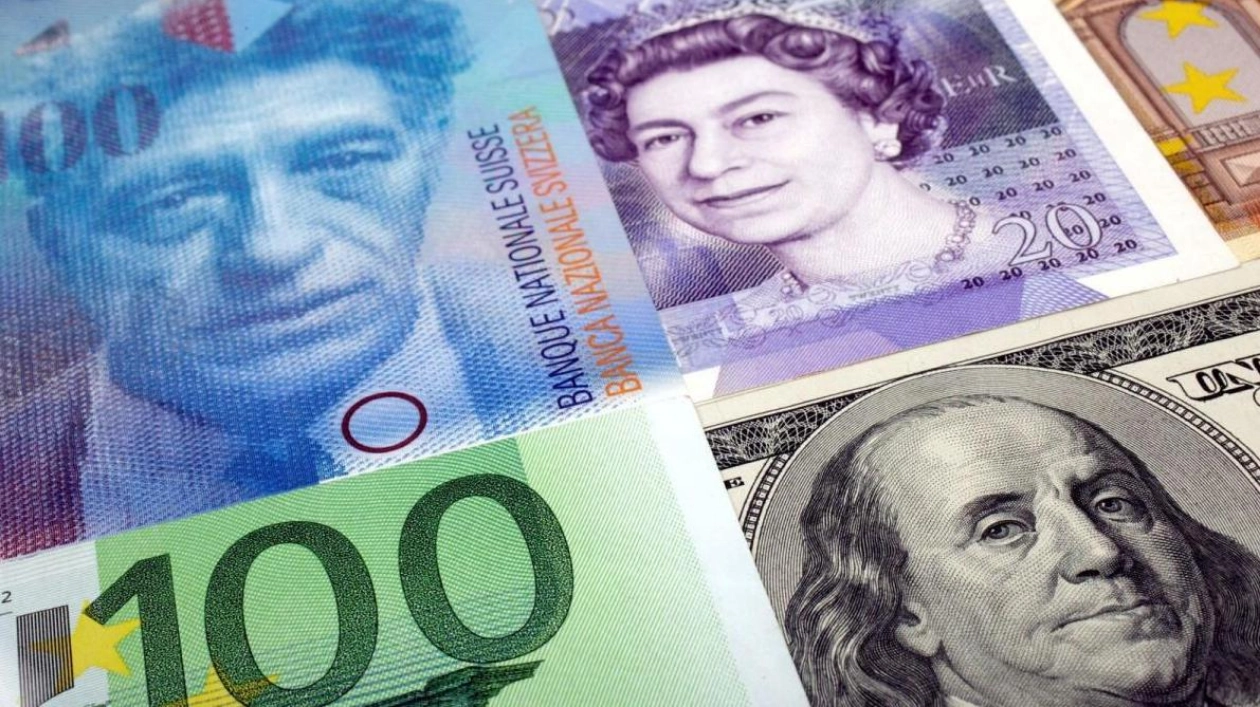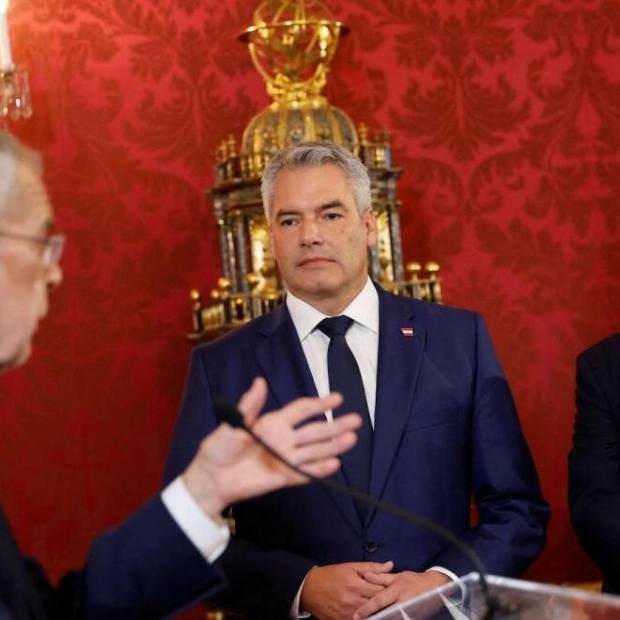On Tuesday, the euro and pound edged up slightly as a temporary halt in the escalation of oil prices allowed them to regain some ground towards their recent multi-month peaks against the dollar. The broader market context continues to be influenced by the imminent potential for U.S. interest rate reductions, which have been a significant factor in the dollar's recent decline. Market participants are nearly certain about a rate cut at the Federal Reserve's upcoming September meeting, though there is ongoing speculation about whether policymakers might opt for a 50 basis point cut instead of the anticipated 25. The euro and sterling each increased by approximately 0.1%, reaching $1.1169 and $1.3203 respectively. The euro is close to its 13-month high from Monday, while the pound remains near its over-two year peak from last week. Both currencies, especially the euro, have greatly benefited from the recent weakening of the dollar, but may find it challenging to continue this upward trend.
Chris Turner, the global head of markets at ING, noted in a client update that "after a robust rally since early August, it seems euro/dollar might be heading for a period of consolidation. We anticipate a trading range of 1.1100-1.1200 for now, pending some disappointing U.S. activity data." He also highlighted that "the recent spike in oil prices due to heightened Middle East tensions and supply issues in Libya will not be aiding the euro against the dollar." Oil prices stabilized and traded within a range on Tuesday, following a substantial increase of over 7% in the preceding three sessions, driven by concerns over a broader Middle East conflict and potential disruptions at Libyan oil fields.
The Canadian dollar was one of the beneficiaries of the oil price surge, reaching a five-month high of C$1.3479 against the dollar. Meanwhile, the yen weakened, with the dollar strengthening by 0.3% to 144.95 yen. This left the dollar index at 100.88, close to a one-year low, buoyed by expectations of a U.S. rate cut in September, following hints from Federal Reserve Chair Jerome Powell in his recent Jackson Hole speech. San Francisco Fed President Mary Daly also suggested on Monday that a quarter-percentage point reduction in borrowing costs next month was probable. David Chao, Invesco's global market strategist for Asia Pacific ex-Japan, commented that "the focus is now not on whether the Fed will cut rates in September, but by how much. Powell has indicated that larger cuts could be on the table if labor market conditions worsen. Investors perceive that the Fed might be more open to faster rate cuts than previously anticipated." Market expectations already fully incorporate a rate cut next month, with projections of about 100 basis points of easing by the end of the year.
In other currency movements, the Australian dollar rose by 0.23% to $0.6787, not far from its one-month high of $0.67985 reached on Friday, and the Swiss franc was at 0.8473 per dollar, near its strongest level in three weeks.






